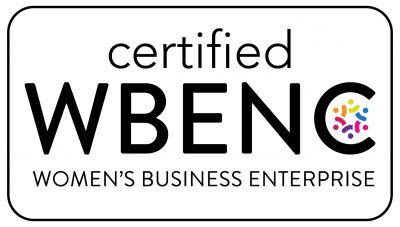Prototype tooling is the unsung hero of the product development world. It transcends the initial conceptual phase, allowing manufacturers, designers, and engineers to bridge the gap between digital modeling and physical products. In a nutshell, it is the craft that turns design into functional form. Here is a concise look at how and why this process is integral to your projects.
Defining Prototype Tooling
At the heart of the process is the creation of tools to produce prototype parts. Unlike full production tools, these are often simpler, cost-effective iterations that allow for testing and fine-tuning in the design validation phase. This step ensures that the final tooling will be as accurate as possible, safeguarding against potentially costly design errors in the future.
Crafting Your Prototype
When it comes to crafting your prototype tooling, precision is a priority. Material selection, machining techniques, and the overall design all play crucial roles in successfully creating a prototype. These decisions are made with the specific aim of creating functional prototypes and doing so in the most efficient ways possible—in terms of time and resources.
Shaping Your Success
The benefits of employing prototype tooling are numerous. A robust prototype tooling strategy can save time and money by allowing for earlier detection and rectification of design flaws. It accelerates the path to production by streamlining the iterative design process, ensuring that the final product meets the highest standards.
Bringing It All Together
Now, it’s time to bring theory into practice. From a sturdy prototype tooling process, companies have reported more agile project lifecycles and, ultimately, more competitive finalized products. It’s through this careful planning and execution of tool construction that a product’s lifecycle truly begins.


